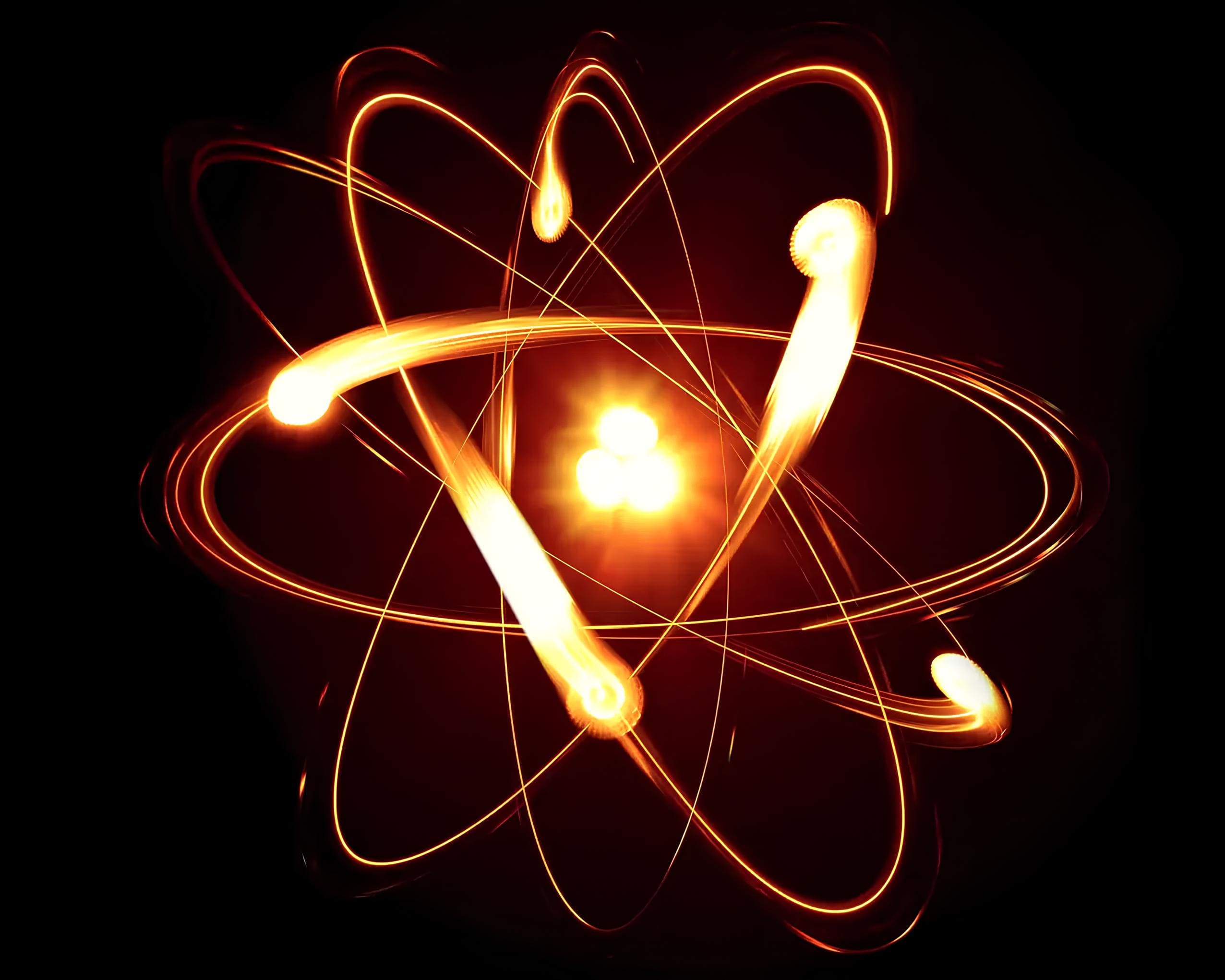Atoms are the building blocks of all matter, including the oxygen you breathe, the water you drink, the page of the magazine you are holding in your hands, and everything else. Atoms measure a few hundred billionths of a millimeter on a side. These fundamental building blocks are made up of a positively charged core nucleus that is surrounded by one or more electrons that have a negative charge and “gravitate” around the nucleus.
The formal rules of electromagnetism state that two particles with opposing charges attract one another. Because of this, the electrons need to be firmly attached to the nucleus. Despite this, they continue to keep a safe distance. Imagine. If the nucleus of an atom were the size of a tennis ball, then the average distance that separates it from an electron would be… three kilometers. Why are electrons not subject to the attractive force of the nucleus?
At the turn of the 20th century, the physicists Ernest Rutherford and Niels Bohr put out an explanation for this aversion. In the manner of a planet, the electron would revolve about the nucleus at a rate that was sufficient to balance out the pull exerted by the latter and, as a result, maintain its circular orbit.
However, this model does not follow reality. In point of fact, if we use the equations of classical physics, we should expect the electron to lose energy while it is rotating about its own axis. This would cause it to be forced to pursue a trajectory that was not circular, but rather in the shape of a spiral. At the conclusion of this trajectory, it would crash into its nucleus extremely swiftly. Why does this collision not take place? The solution lies in an understanding of the quantum properties of matter.
When seen on the size of atoms, the electron is not a tiny ball that revolves around the atom’s nucleus but rather a wave. This wave does not concentrate at a single spot; rather, it propagates all the way around the nucleus. On the contrary, not in any manner! It conforms to the geometrical shape that allows it to expend the least amount of energy overall.
This state of the atom, which has the lowest energy and is often referred to as the ground state, is the most stable. The total of the potential energy, which is tied to the attractive force of the nucleus, and the kinetic energy, which is linked to the wavelength, is what is meant to be referred to as the “global energy” of the wave. This total is not always the same; rather, it fluctuates depending on the volume that is being occupied by the wave. The shorter the wave’s wavelength becomes, as a result of being contained in a smaller region, the higher the kinetic energy it has.
Yes, its potential energy decreases. But the rate at which the kinetic energy grows is greater than the rate at which the potential energy drops. The end result is that the wave’s total energy rises proportionately to the degree to which it is constrained (that is, the closer it gets to the nucleus). If the electron were to get trapped on the nucleus, this is exactly what would occur. The energy level of the system would rise to a point where the atom could no longer be stable. Because of this, it is very improbable.
In contrast, if there is no confinement, the wave spreads out enough to lower its kinetic energy but stays near enough to the nucleus to lower its potential energy. This is because potential energy is proportional to distance from the nucleus. This middle ground refers to the state of the atom that is the most stable and dictates the geometric form of the wave (sphere, balloon, etc.).
In the case of the hydrogen atom, for instance, the wave fills a volume that is shaped like a sphere with a radius that is 50 billionths of a millimeter. To summarize, the electron and the nucleus do not get entangled with one another since doing so would demand an excessive amount of energy.






